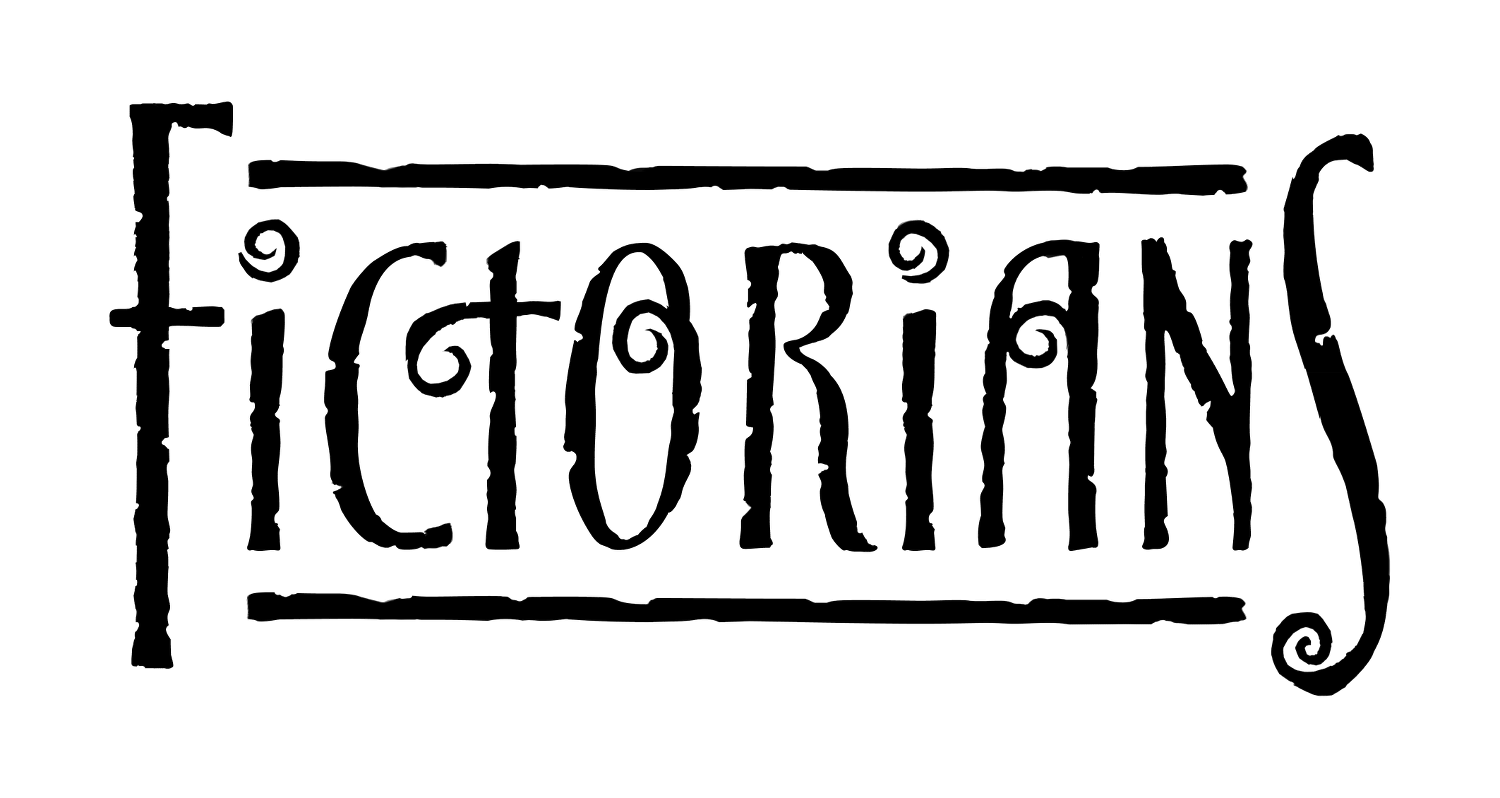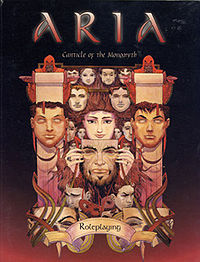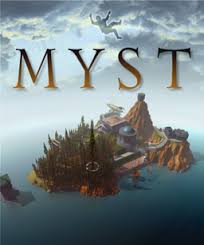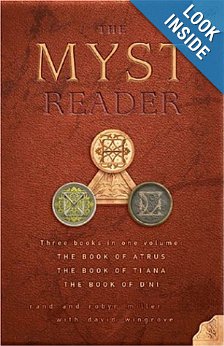My name is Quincy Allen, and it’s been three days since my last login. Okay, okay, so that’s a lie. I logged in last night, but I won’t apologize for it.
Now that I’ve outed myself as one of those “lamentable” adults who dabble in MMOs, let me tell you why. Like a lot of writers, writing is not my only gig. I’m a tech-writer by day, operate a small but growing book design business by night, and do my writing in the wee hours as time permits. That means that I need to decompress from time to time. Slaying damn near any mob that gets in my way is a perfect way to accomplish it.
What can I say? It’s better than going Postal. Some people play golf. Some watch sports. I’m currently working my way towards the Pinnacle of Storms in order to slay Lei Shen who threatens all of Pandaria. Lei Shen’s power derives from ancient Titan technology, and the Titans were a race of elder gods who deemed the life of Azeroth unfit to breathe.
Over my dead body.
World of Warcraft has been a perfect environment to let off steam for someone who appreciates good storytelling and kilometers-thick back-story. WoW arguably has the most exhaustive canon of any game out there, and it creation goes all the way back to the game’s incept in 1994 in the form of Orcs and Humans. From those meager origins, a worlds-spanning history going back over 10,000 years has been born.
In many respects, that’s what has kept me playing WoW. There’s an almost never-ending sense of discovery as the main storyline unfolds for the players, and there are hundreds if not thousands of side-stories woven throughout the environment to keep someone like me intrigued.
There’s a lesson for all writers in what Blizzard has accomplished with their flagship product. History. If you’re writing contemporary fiction, then your history is written for you, and you can draw from that. If you’re writing alternate history, fantasy, or even future sci-fi, then you should do at least some work in creating your own canon. I can give one example that I use in the novel I just wrapped up.
It’s steampunk fantasy fiction set in the Old West. A half-clockwork gunslinger with magic-imbued mechanical limbs must protect a 15th century vampiress from being sacrificed to raise a demon army. Simple enough, but the obvious question is, where the hell did the magic come from?
That part wasn’t as simple. I wanted to make the presence of magic in the Old West at least plausible in my head, so I had to alter history. Granted, this tidbit of data isn’t explained in the series I’m referring to, but it is revealed in another series I’ve started, which takes place in the same universe. Essentially, I had to assassinate a 13th century Pope in order to have magic exist in the Victorian era.
Having done so opens up a wealth of possibilities in my writing and gives my rather critical notion of plausibility a leg up. Basically, I can believe in my own “invention” and build upon it as I see fit with cultures, characters, and histories that all have that single changed moment in history as their foundation. All roads lead to Rome, as they say.
This is a technique I recommend for all writers. While your story takes place “now,” you should have a strong understanding of “what came before.” Not only will this make your story richer, it will give you virtually limitless destinations that all have the same look and feel, because they all derive from the same point of origin.
If you’re writing the fantastic, then take some time to sketch out the timeline around your story. Know what’s going on in your world and have at least a moderate understanding of its history. Empowered with this knowledge, you’ll find that the depth of your storytelling increases by a factor of, and the creation of both sidelines and spin-offs is that much easier to write.
Q
P.S. If you run on Kil’Jaeden, keep an eye out for a DK named Moondawg.

 A guest post by Martin Greening
A guest post by Martin Greening Martin Greening hails from Southern California and has been drawn to fantasy and science fiction from a young age. He is currently working on a fantasy adventure novel and several short stories. Martin lives in Sin City working as a IT guru by day and a dreamer of the fantastic at night. He can be found at
Martin Greening hails from Southern California and has been drawn to fantasy and science fiction from a young age. He is currently working on a fantasy adventure novel and several short stories. Martin lives in Sin City working as a IT guru by day and a dreamer of the fantastic at night. He can be found at 

